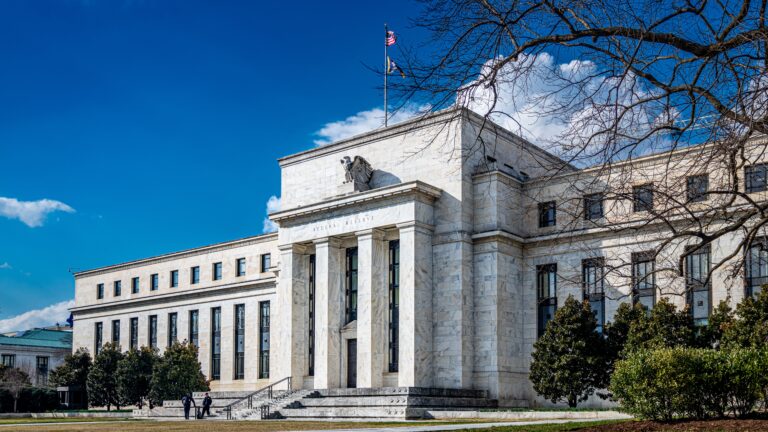

Making Sense of the Federal Reserve’s Reverse Repo Facility
Abstract
The Federal Reserve introduced the new reverse repo facility to control the level and volatility of short-term interest rates, to help relieve repo collateral shortage and to better regulate the tri-party repo market. The likely impact includes the avoidance of negative yield, the addition of a high quality counterparty to the marketplace, more responsive market rates to Fed policies and a flatter yield curve. These benefits are balanced with market concerns that the Fed may exert too much influence on capital markets and that it may crowd out securities dealers and lead to higher fund costs. A slowdown in the reduction of the Fed balance sheet is a concern, as well.
Introduction
The Halloween season began early this year with the financial markets full of tricks and no treats. In September, the Fed defied market expectations when it failed to announce a tapering of its asset purchase program. Then there was the political wrangling in Washington that led to a 16-day government shutdown and the threat of a Treasury default. The economic aftermath of the shutdown and presumably a Janet Yellen-led Fed in January all but guarantee that tapering is off the table until next March.
Given these conditions, a discussion of the Federal Reserve’s Reverse Repo facility, which first came into light in the July 31 FOMC minutes, seems out of place. After all, the facility was designed as a tool for the Fed to remove excess liquidity from its ballooning $3.4 trillion balance sheet. If we are not expecting asset purchases to slow down in the near future, why are we talking about the ways the Fed can reduce its balance sheet and the resulting impact this may have on short-duration cash investors?? In our view, the near-term effect of the facility may be muted, but the impact at the facility’s operational stage may be so immense that it could fundamentally alter all short-term interest rates and market supply/demand dynamics.
For those who are not engaged in or familiar with the mysterious world of repo markets, we wish to explain the new Fed tool in this research paper. Although many of us cannot “buy” repos from the Fed, many of the things we do buy may be forever changed by the facility once the Fed ramps it up to a meaningful size. Thus, it is worthwhile to understand how it works, its intended purposes and market implications, even though we may not feel its full impact for another 12 to 18 months.
DOWNLOAD FULL REPORT
Our research is for personal, non-commercial use only. You may not copy, distribute or modify content contained on this Website without prior written authorization from Capital Advisors Group. By viewing this Website and/or downloading its content, you agree to the Terms of Use.
Please click here for disclosure information: Our research is for personal, non-commercial use only. You may not copy, distribute or modify content contained on this Website without prior written authorization from Capital Advisors Group. By viewing this Website and/or downloading its content, you agree to the Terms of Use & Privacy Policy.

